Stephen Mihm: The new citizenship test is still useless
Published in Op Eds
The Trump administration has been routinely targeting legal pathways to citizenship, including giving officials broader discretion to deny naturalization on vague grounds such as “anti-American” views and attempting to nullify birthright citizenship. So, it’s no surprise that the White House is now reinstating an expanded citizenship exam.
Those who submit applications on or after Oct. 20 must answer 12 of 20 civics questions correctly (up from six out of 10), drawn from a list of 128 (previously 100). Adding 28 questions without raising the 60% pass rate may not yield the sweeping change the administration wants, but the intent is unmistakable. The president wants to make it harder for immigrants to clear the final hurdle of the naturalization process.
Immigration advocates have denounced the move for that very reason. But lost in the uproar is a fundamental question: why do we have an exam, anyway? Some argue the test is meant to instill American values, but it’s long been a poor tool for that purpose because it awards rote memorization — rather than genuine understanding — of U.S. history and government.
Understanding how the test came to be helps explain why the U.S. should probably scrap it altogether.
Two centuries ago, the exam didn’t even exist. Under the terms of the Naturalization Act of 1802, citizenship merely required five years’ residence, an oath of allegiance and witnesses who could testify to the applicants’ character.
This process, handled by local courts, was unpredictable and arbitrary. In big cities, where immigrants tended to congregate, judges appointed by local political party organizations worked to rubber-stamp applications to build voter rolls.
Nonetheless, some judges, writes historian Jack Schneider, “took it upon themselves to ask potential citizens civics questions to test their knowledge of the government, assuming that anyone swearing an oath to support the Constitution needed to understand it.”
On occasion, these officials used their ill-defined authority to pose trick questions. One journalist noted that judges had been known to ask applicants for the height of the Bunker Hill monument, the number of stars on quarters issued by the U.S. Mint, the number of “legs” of the Constitution, and other baffling queries.
In 1906, Congress created the Bureau of Naturalization — the forerunner to today’s Immigration and Naturalization Service (INS) — to bring some order to the process. The Bureau was charged with fostering “Americanization” among immigrants by teaching them about the nation’s political institutions and history.
This marked an important turning point in how the U.S. evaluated applicants for citizenship. In the 1910s, the Bureau of Naturalization began encouraging immigrants to take classes on American civics and history. It also published a textbook in 1918 designed to teach immigrants how to be Americans, and by extension, enabled them to pass muster with judges.
Unfortunately, this manual was next to useless. It contained all manner of extraneous information, including a detailed description of the achievements of the Bureau of Fisheries, the Coast and Geodetic Survey, the Bureau of Lighthouses and other lesser-known branches of the federal government.
This scattershot approach made it difficult for prospective citizens to study for the exam. Was a judge going to ask them for a working definition of federalism? Or how many lighthouses did the federal government maintain? As the Bureau lamented in its 1926 annual report: “the present naturalization laws fail to prescribe any definite educational standard which the prospective citizen must reach.”
Inconsistency would continue to be a problem so long as the citizenship hearing remained in the hands of local judges. In response, the Bureau slowly began wresting control of the job of testing applicants, removing judges from the equation.
By the 1940s, the INS started crafting a process that was equitable, fair and standardized — which is not the same as saying it created a system that adequately measured an applicant’s worthiness for citizenship.
The new approach was embodied in a very narrow curriculum published in a new and improved Federal Textbook on Citizenship. Instead of the open-ended exams of an earlier era, now basic fill-in-the-blank practice questions were offered — for example, “We elect a President every _____ years.”
Subsequent iterations of the test tweaked these questions, but the basic format remained the same, making it, as one critique noted, “narrowly engineered to meet the needs of the agency, not its clientele.”
That lens helps explain the Trump administration’s decision to change the exam. The move fits into the White House’s broader effort to make life harder for immigrants, while doing little to assess applicants’ qualifications for citizenship. Currently, 88% of the test takers pass on their first try. Even if the Trump-era changes reduced that rate, it’s unclear what that would demonstrate. It certainly wouldn’t prove that those who failed were undeserving of citizenship. And if that’s the implication, then what should we make of the fact that bona fide American citizens, when given today’s supposedly “easy” test, pass only 36% of the time?
It’s time for the U.S. to reassess how it assesses qualifications for citizenship. While it would be foolish to return to the chaotic system in place a century ago, a far more sustained program of education for potential — and current — citizens might be a good place to start.
_____
This column reflects the personal views of the author and does not necessarily reflect the opinion of the editorial board or Bloomberg LP and its owners.
Stephen Mihm, a professor of history at the University of Georgia, is coauthor of “Crisis Economics: A Crash Course in the Future of Finance.”
_____
©2025 Bloomberg L.P. Visit bloomberg.com/opinion. Distributed by Tribune Content Agency, LLC.
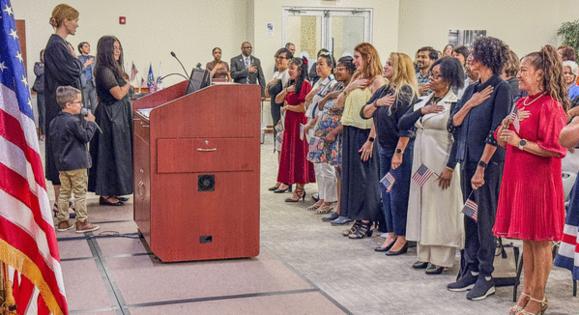

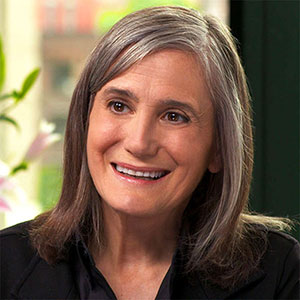
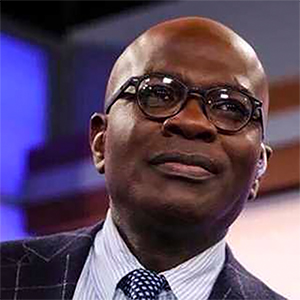



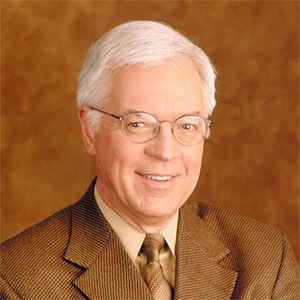
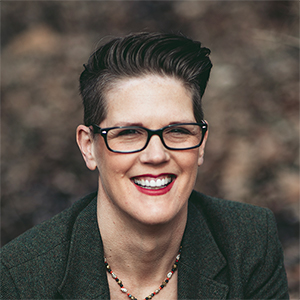
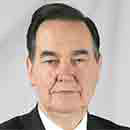

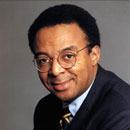



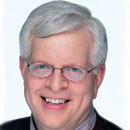


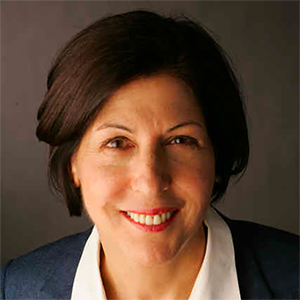



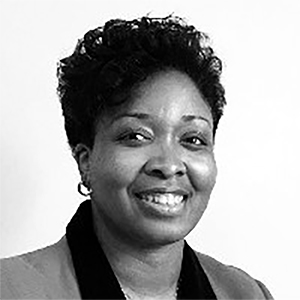
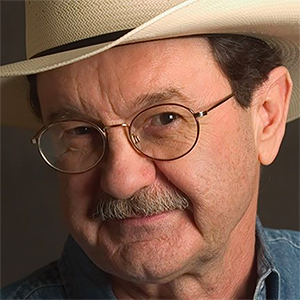
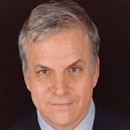
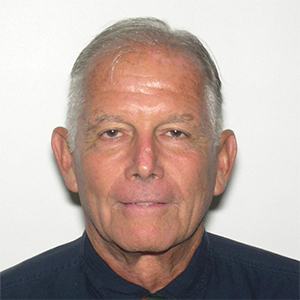
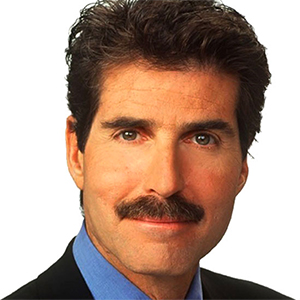
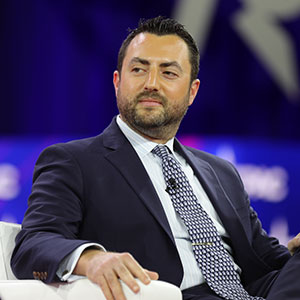
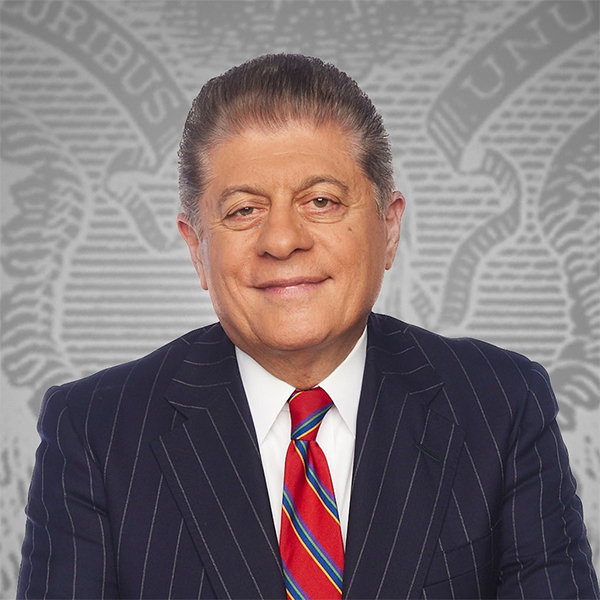


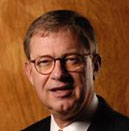


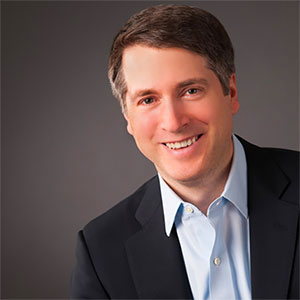
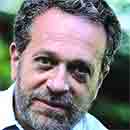
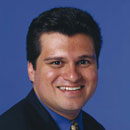
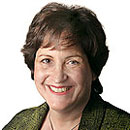




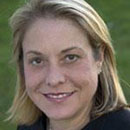






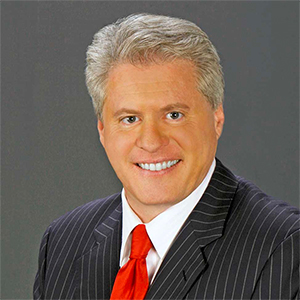
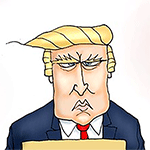
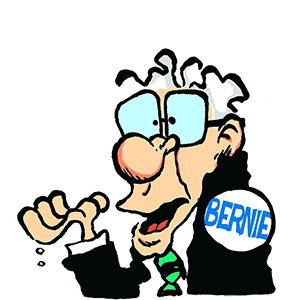

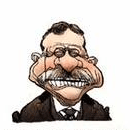


Comments